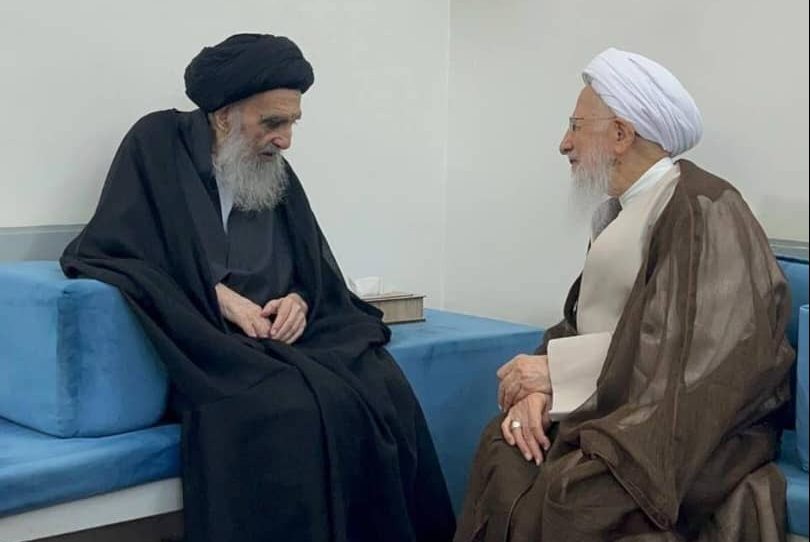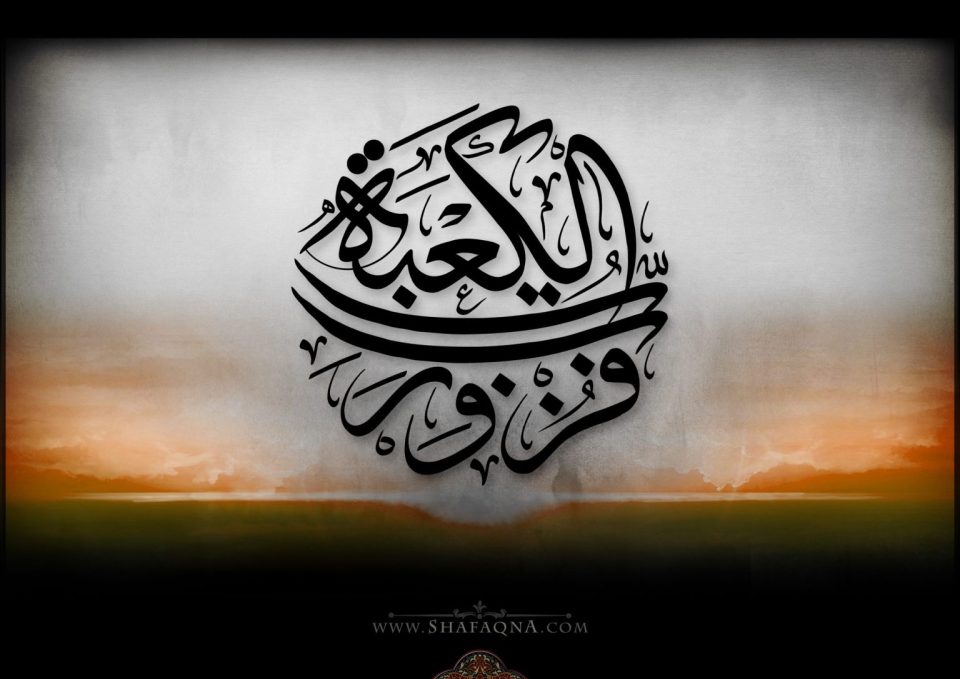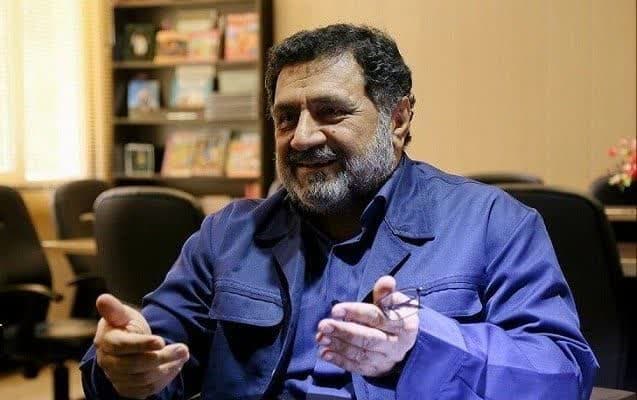Life Between Prostrations
Life Between Prostrations : At least 17 times a day, we perform a specific set of actions during our prayers: at least 34 times a day, we touch our foreheads to a small disc of clay. But what exactly is the point of this cycle of prostrating twice with a small break in between – does it just provide us with a bit of exercise by prostrating repeatedly? While it may seem like a simple few actions, the cycle actually serves as a reminder of the impermanence and purpose of this life.
Everyone hears about the briefness of life on this earth, and about how we should not get too attached to what is in this world. We live through daily reminders of that fact so we may remember our purpose: to get closer to the Most High. It is not necessary that we deprive ourselves of His worldly blessings, but that we live in such a way that we may get closer to Him. It is the microcosm of the prostration-break-prostration cycle that truly sends the message home, because it is representative of multiple meanings.
During prayers, the cycle in question begins and ends with the disc of clay known as a turba (meaning “sand” or “soil”) or with a khumra (a straw mat). We whisper words of praise in prostration, rise to seek forgiveness while sitting, praise the Almighty in prostration again, and then rise once more. Surely such a practice that is repeated throughout the day cannot merely be a form of exercise!
A beautiful explanation of the cycle was once given by the “Father of Dust”, Abu Turab Imam Ali (peace be upon him):
“While you are in the first prostration, you are saying [to God], ‘From it [the earth] You have created me.’
While getting up from the first prostration, you are saying, ‘From it You have taken me out.’
When you go into the second prostration, you are saying, ‘To it You will return me.’
While getting up from the second prostration, you are saying, ;From it You will take me out again.’” (Islam: Faith, Practice, and History)
Understanding this concept and truly reflecting over it changes the quality of prayers. In the entire cycle, our lifetime is represented by a mere five-second pause! It seems like just a little break in the big picture, and not the main focus. The emphasis is on our prostrations and the final rising, thereby drawing a parallel to the importance of our spiritual existence rather than just our physical existence.
Not only is our lifetime represented so briefly in the cycle, but it is also considered something for which we ask forgiveness. While sitting between the two prostrations, we say, Astaghfirullaha Rabbi wa Atoobu Ilayh, meaning, “I seek forgiveness from Allah, my Lord, and I turn to Him.” The words remind us that we should try not to get entangled in this world’s distractions. We ask forgiveness for our sins committed in this life as we want to better ourselves for our final destination.
One of the ways to strengthen our focus on the Almighty is to keep in mind our humble status, and both prostrations remind us of that extremely well. Prostrating on the turba twice reminds us of our origins and of our end. The respected Imam also said, “I wonder at the arrogance of a haughty and vain person: yesterday he was only a drop of semen, and tomorrow he will turn into a corpse.” Indeed, “If [man] remembers the ritual worth of his beginning and end, he will never be infected by the spiritual disease of arrogance, no matter how rich or how powerful he becomes [in this life].” (The Ritual and Spiritual Purity) So what reason do we have to walk upon this earth in pride and arrogance, thus being led to sinful attractions of this world? As the prostrations remind us after all – we began as something considered spiritually unclean, and we end the same way too.
Even the physical position of prostration serves as a means of grounding ourselves. When in such a physically low position as prostration, we are placing our foreheads – a part of the body which is at the highest level and is associated with the intellect of a human – against something as common as dust. The same earth we walk upon is what we are now touching, and in that way the prostration against the turba inspires a sense of humility. Our prostration is an admission of our dependence upon, and a realization of the Ultimate Sustainer.
In his book Adab as-Salat, Imam Khomeini poses the question: “Do you not realize that, in the external form, the position of the sujud [prostration] is not complete except by hiding oneself from everything, and turning away from all things visible to the eyes?” Yet again, the position of prostration takes us back to the remembrance of Allah’s Greatness.
The position allows only for communication of the spiritual conscious with the Almighty, and no one else. We need to make sure that no other distraction of the world disrupts our communication; otherwise we would essentially be attempting to communicate with more than one entity. Prostration is truly a great help in keeping focused on our goal as we journey towards Him in this life.
The connection with Allah during prostration can reach such amazingly high levels when one blocks off all other entities. Imam Ali (peace be upon him) is a perfect example of pure focus in prostration. When he had an arrowhead stuck in his foot after a battle, it was only during prostration that others could take it out, because at that time the Imam’s consciousness was connected only to Almighty Allah.
In Adab as-Salat, Imam Khomeini also talks about the raising of hands while saying Allahu Akbar, or “Allah is the Greatest”. When that praise is uttered between prostrations, it is as if the hands are waving away any distractions that were lying in wait. Similarly, we are waving away those aspects of this lifetime which take us further away from our Lord.
In both prostrations as well – the one which symbolizes our creation and the one which symbolizes our death – words of praise are recited. Besides praising Our Creator in thanks, praise of the Almighty also helps maintain steadfastness in the journey towards Him. In the Holy Qur’an, Allah says, “Those only are believers who when God is mentioned, their hearts quake, and when His signs are recited to them, it increases them in faith, and in their Lord they put their trust.” (8:2)
Praising Him is a sign of our conviction in the Right Path and brings about a sense of contentment. Allah also says in the Qur’an, “Those who believe, and whose hearts find rest in the remembrance of Allah: for without doubt in the remembrance of Allah do hearts find rest.” (13:28) Thus, praising Him in the first prostration prepares our hearts for when we rise to face the trials of this lifetime. Praising Him in the last prostration is in thanks for helping us in this life and for calling us back to Him.
Prophet Muhammad (peace be upon him and his progeny) advised, “Say each of your prayer as if it were your last prayer.” (Bihar al-Anwar) Without the definite knowledge of whether or not we will rise from that prostration, we must try and live in such a way that whenever the time comes to return to our Lord, it will be without regret.
Yet death is only our worldly end – even after the second prostration we rise again, symbolic of when we will be brought back to life from the earth we were buried in. That is what it all comes down to: everything committed in the five-second pause representing life comes back when we rise from the final prostration.
Not knowing if it is our last day, we need to do our best to live each moment of each day as strong believers. How are we using this brief lifetime between the two prostrations? Are we effectively preparing for the arrival of our Awaited Savior? Are we living in such a way that brings us closer to the Almighty? When facing a decision of which path to take, just think about it: will making this decision help me rise as a strong believer on the Day of Resurrection?
By keeping in mind our origin, our end, and the hereafter, we must live our life as firm believers. To do that, we need to understand the meaning behind our actions in prayer so that we may rise from our prostration with freshly strengthened faith. In the final cycle of our daily prayers, we rise from prostration to give the shahadah – to testify that there is One God, and that Muhammad is His servant and messenger. We must strive to build our conviction to such an extent that when we rise after our actual death, it will be with the purity of the shahadah lighting our way.






